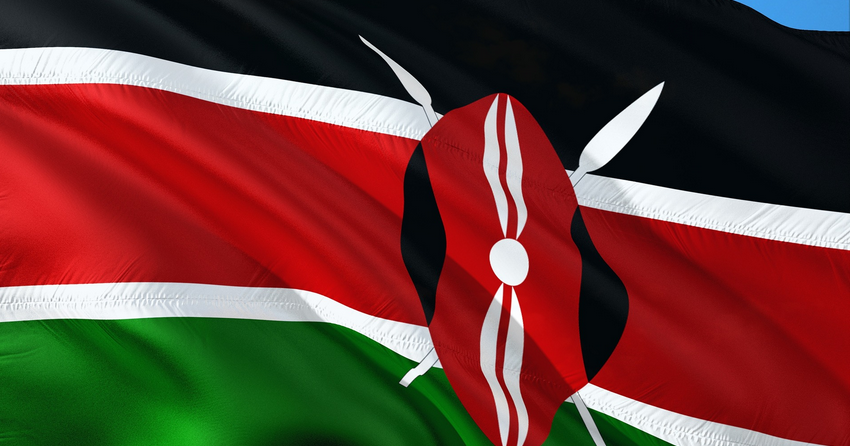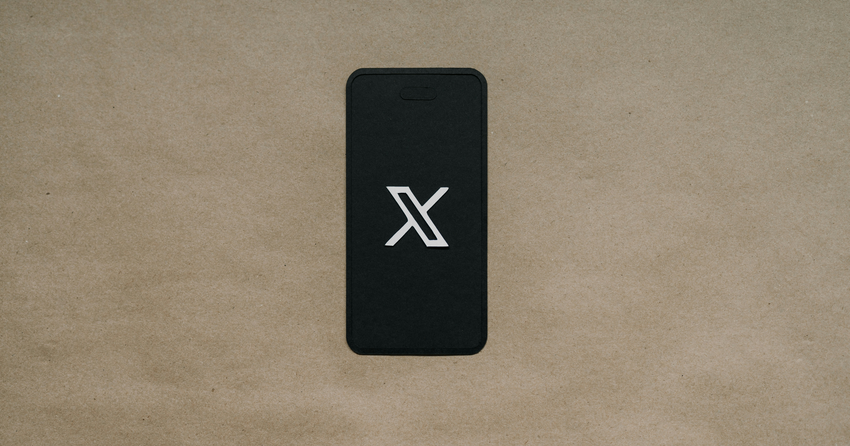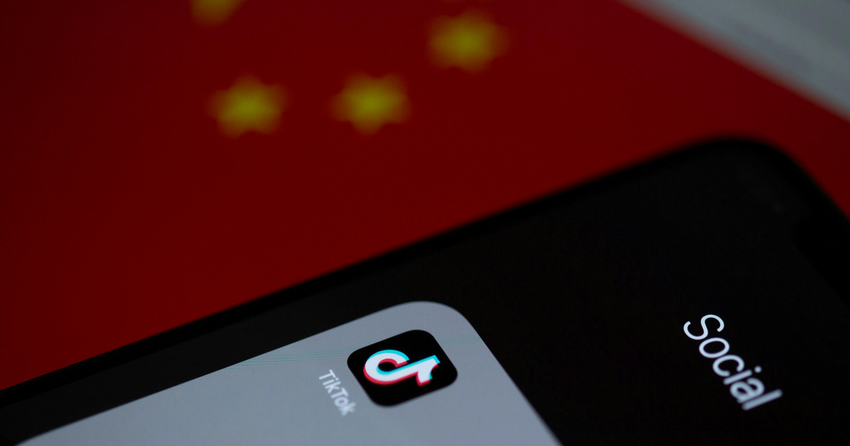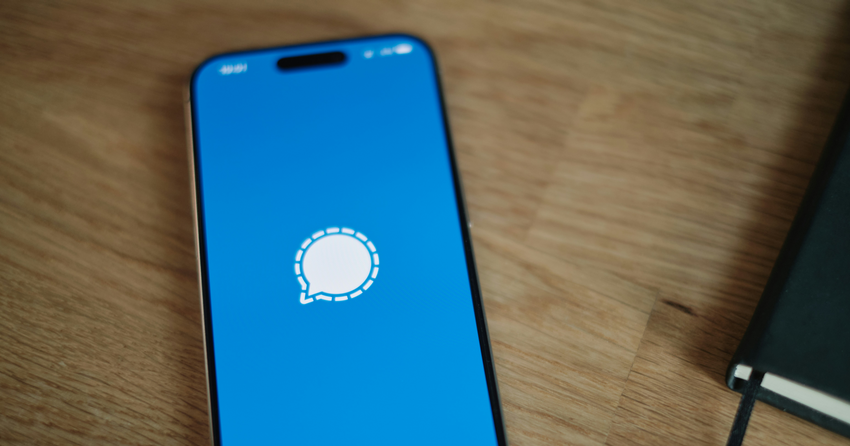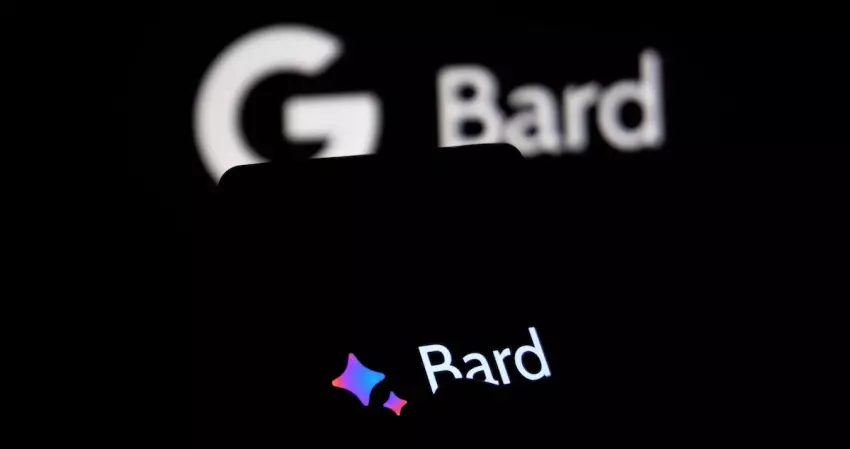
Bard Adds Image Creation and Expands Into More Countries
Google added new capabilities to its chatbot Bard, including image generation and expanded access to its Gemini Pro large language model to 230 countries globally. It also made Bard’s double-check feature available in over 40 languages. Previously, it was available only in English in 170 countries.
Google’s Imagen 2 text-to-image model is what powers Bard’s image generation feature. Users can prompt Bard with simple or complex instructions. Although Bard can respond to visual prompts, its photo tool doesn’t support visual commands. Still, the image generation feature will likely help Bard catch up with OpenAI’s ChatGPT, which has been offering image generation based on text prompts for months now.
Other chatbots that supported AI image generation before Bard include Microsoft Copilot and Baidu’s Ernie Bot.
Image generation in ChatGPT is through its integration with DALL·E 3 and only available to paying customers. On the other hand, Google’s Imagen 2 text-to-image model is available at no cost, which might give Bard a competitive edge going forward. A few months back Google also incorporated AI image generation within its Search Generative Experience (SGE).
To prevent misuse, Google relies on SynthID, a watermarking tool for detecting AI-generated images developed by its DeepMind division. It also implements guardrails and safety filters that limit violent, offensive, and sexually explicit content. Furthermore, Imagen 2 won’t generate images of public figures.
Following its introduction in December, Gemini Pro is now available in 40+ languages, “giving Bard more advanced understanding, reasoning, summarizing and coding abilities.”
The tech giant claims that the combination of Bard and Gemini Pro is “one of the most preferred chatbots” and “one of the top-performing conversational AIs” among free and paid alternatives.
Bard’s double-check feature, accessible by clicking the “G” under the AI-generated text, gives users the opportunity to see which parts of the chatbot’s responses come from referenced sources from the internet and which parts aren’t based on any reference. It makes it easier for users to verify facts and detect fabricated information. Previously available only in English, Google expanded the double-check feature to over 40 languages.
“These updates transform Bard into an even more valuable and globally accessible AI collaborator, catering to a wide range of needs, from significant creative projects to everyday tasks,” said Jack Krawczyk, Product Lead at Google.


